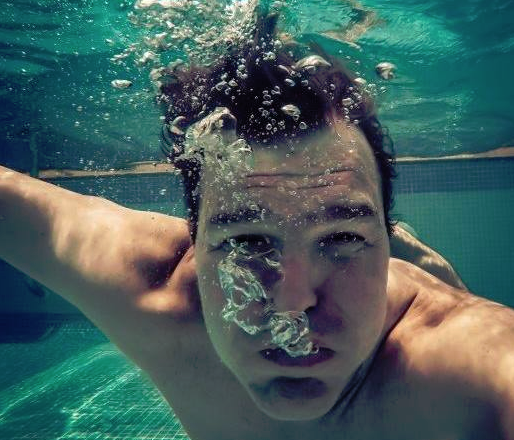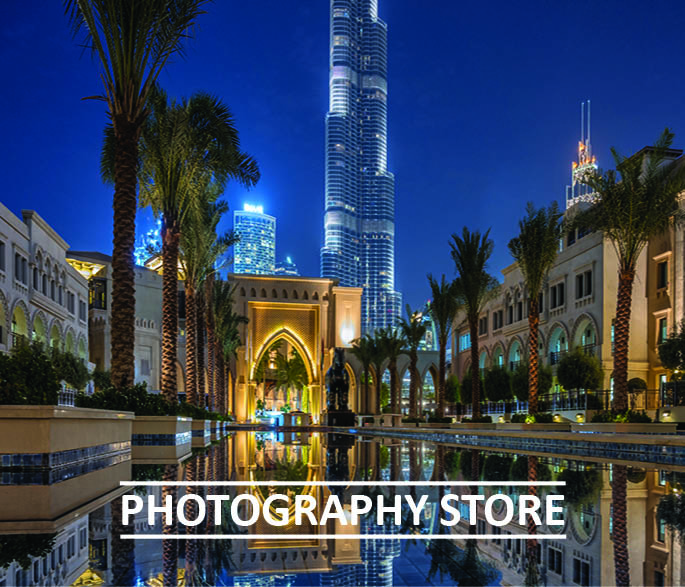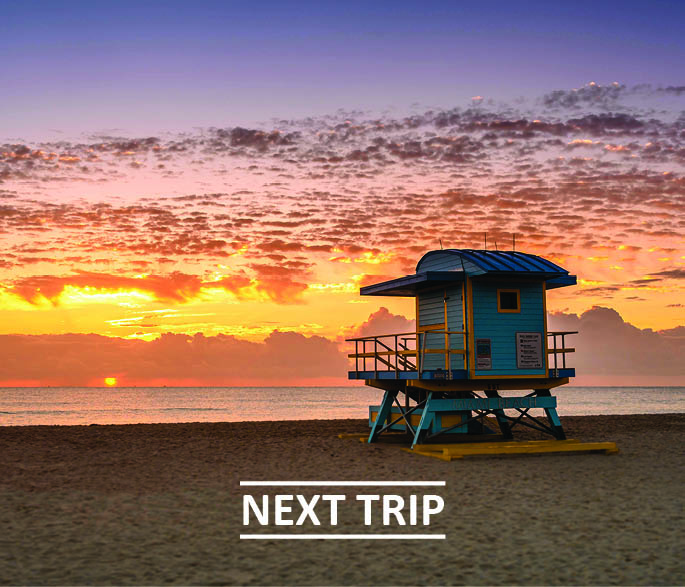I’d like to share insights into mistakes I made in winter photography in the past.
As the saying goes, there is no bad weather, only inappropriate clothing. Dress warmly! When capturing moments in the winter, the chilling temperatures can quickly drop my enthusiasm for photography.
When in doubt, it’s better to have too much clothing than too little. Following the layering principle works best – instead of a single thick piece, wear multiple layers. This provides flexibility; you can add or remove layers based on your activity and the weather conditions. Sweating outside despite the cold? Adjust your clothing accordingly.
I also need to bring attention to the gear. Rapid temperature changes should be avoided for the well-being of the camera because when moving from cold to a heated room, condensation quickly forms on the equipment. This can be prevented by wrapping the camera and lenses in plastic bags before entering a warm environment.
You should avoid condensation on the lens. On the one hand, it ruins your photo, and on the other hand, it’s not particularly healthy for your equipment in the long run. To remove moisture from your lenses while photographing in winter, it’s best to always have a large, lint-free microfiber cloth with you (please do not use a tissue).
Another issue in cold weather is that camera batteries can discharge very quickly – as we know it from electric cars. So, if you don’t want to run out of power prematurely, bring enough batteries with you, more than you would normally need. I also recommend not leaving your batteries in the camera backpack on cold days. It’s better to transport them close to your body, like in your pants pockets or jacket inner pockets. (That’s not recommended with batteries of electric cars, just an FYI…) This way, they will last much longer.
The Camera and the settings
Winter offers limited natural light, especially during snowfall. Finding a composition with good contrast between snow and other objects becomes key. However, camera sensors often struggle with snow, leading to issues like miscalculated white balance and exposure control overwhelmed by brightness.
I’ve said it many times before, but the camera seems to be off when I take winter landscape photos. The reason is that camera sensors often struggle with snow. The automatic white balance often miscalculates and sets too cool tones. And the exposure control is frequently overwhelmed by the brightness and may meter the image too dark, especially with matrix metering.
If this happens, you, as a photographer, need to intervene and make corrections. To do this, it’s best to review the captured photo on the camera monitor right there on the spot (although it’s not always entirely reliable). If it’s obviously too bluish, you should manually adjust the white balance, typically setting a warmer (= lower) Kelvin value. It’s even better if you capture your photo in RAW format rather than JPEG.
In that case, you can ignore the white balance, and later, you can adjust the colors calmly and more precisely on your photographer monitor during RAW development.
To maintain the brightness of the image, you can increase your camera’s exposure value using exposure compensation. In practice, one to two stops of overexposure have proven effective for me, but this can vary depending on the camera brand/model and the specific subject. Be careful not to overexpose the image entirely. To check this, it’s best to look at the histogram of your image and ensure that it doesn’t extend beyond the right edge. If you prefer a more abstract approach, you can intentionally overexpose slightly. The brightest tones in the image will then blend into white, enhancing the wintry impression.
I adjust the photograph in Adobe Lightroom and do not change the camera settings. Why? Because it’s easier for me to adjust things while I am warm than out there where I’m freezing. Some say I’m lazy. And they might be right.





